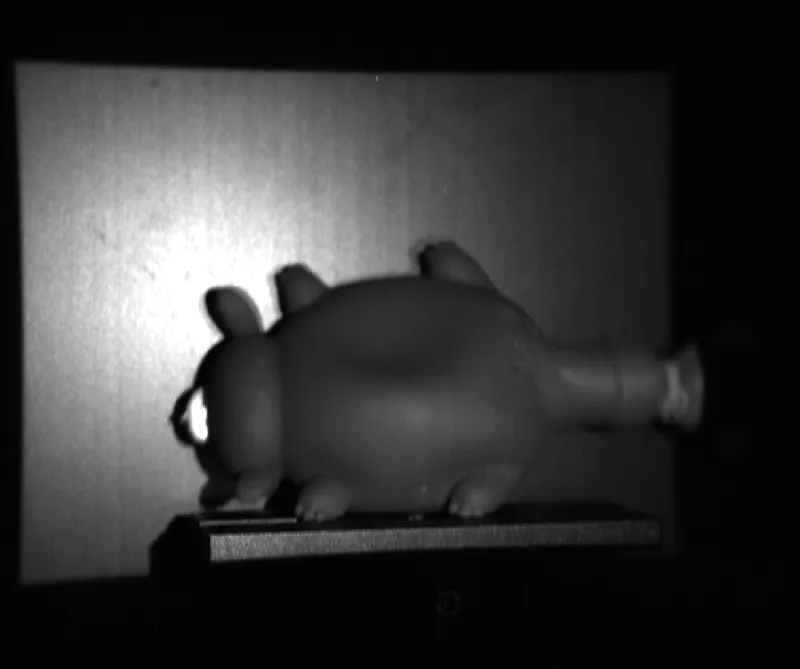Unlocking One-Shot Wonders: How Polarization is Shaping the Future of 3D Imaging

In the world of computational photography, capturing a subject's shape and reflectance in a single snapshot has been a long-standing quest. The recent research by Tomoki Ichikawa and his team introduces a breakthrough method using spatial polarization multiplexing (SPM) that promises to transform the field. This innovative approach allows users to recover both object geometry and surface properties from just one polarimetric image, paving the way for a myriad of applications ranging from dynamic scene analysis to advanced 3D modeling.
The Challenge of Reflectance Recovery
Traditionally, obtaining accurate object shape and reflectance involves complex processes requiring multiple images captured under various illumination conditions. This not only complicates the setup but also limits the ability to capture dynamic scenes, which is crucial for applications in augmented reality and robotics. The authors highlight the struggle of capturing reflectance—essentially how a surface appears under different lighting—when relying solely on geometric methods, which often overlook the subjective experience of light.
What is Spatial Polarization Multiplexing?
At its core, spatial polarization multiplexing leverages the principles of light polarization to uniquely encode information in a way that is invisible to the naked eye. By projecting patterns of linearly polarized light, the researchers create a system where multiple surface characteristics are captured simultaneously. This minimizes the need for extensive image capturing sequences while maximizing the detail reconstructed from the object.
How Does it Work?
The proposed method involves a specialized projector that emits a spatially multiplexed polarization pattern. By using a constrained de Bruijn sequence—an algorithmic approach to ensure unique pattern recognition—the researchers can decode both the surface shape and the bidirectional reflectance distribution function (BRDF) without compromising the object's natural appearance. This is particularly significant; many existing methods visibly alter the object, limiting their usability in various real-time applications.
Experimental Validation and Results
The researchers validated their technique with real-world data, demonstrating its effectiveness on various surface types and dynamic scenes. Results showed highly accurate shape reconstructions and reflectance measurements derived from single polarimetric images. Compared to traditional multi-shot methods, this new approach not only reduces capture time but also enhances the fidelity of the data captured. Their experiments revealed that it retains the object's natural textures and colors, vital for realistic rendering in applications like 3D modeling and virtual reality.
Significance and Future Directions
This advancement signals a significant leap towards more efficient 3D imaging technologies, making it easier for professionals in fields such as virtual reality, automatic 3D printing, and digital content creation to capture and manipulate real-world objects. As the technique is refined, there is potential for expansion into multi-wavelength capture, allowing for richer data and even more detailed surface characterization.
In conclusion, Ichikawa and his colleagues have opened a door to a new era in computer vision and imaging technology. By extracting essential visual information from a single shot using advanced polarization techniques, they have not only simplified the capture process but have also set a foundational step for future innovations in the field.